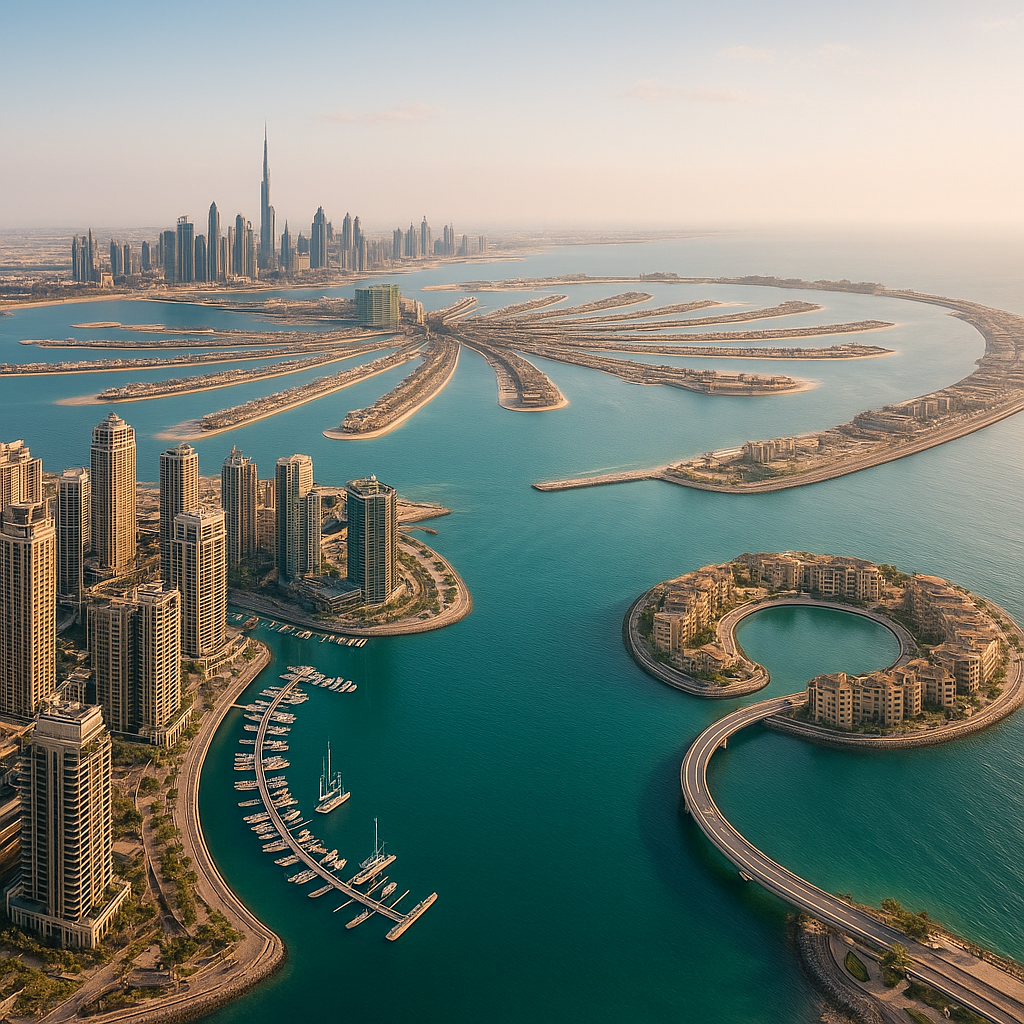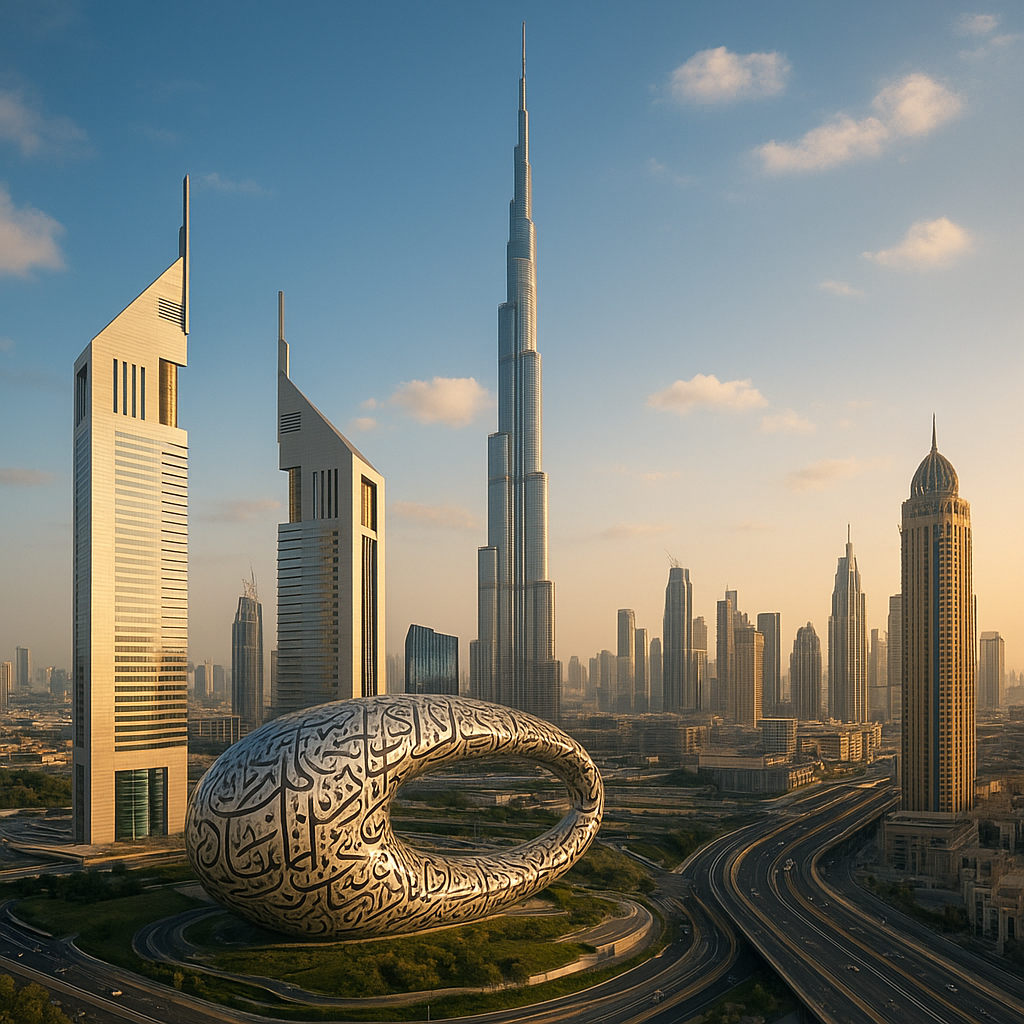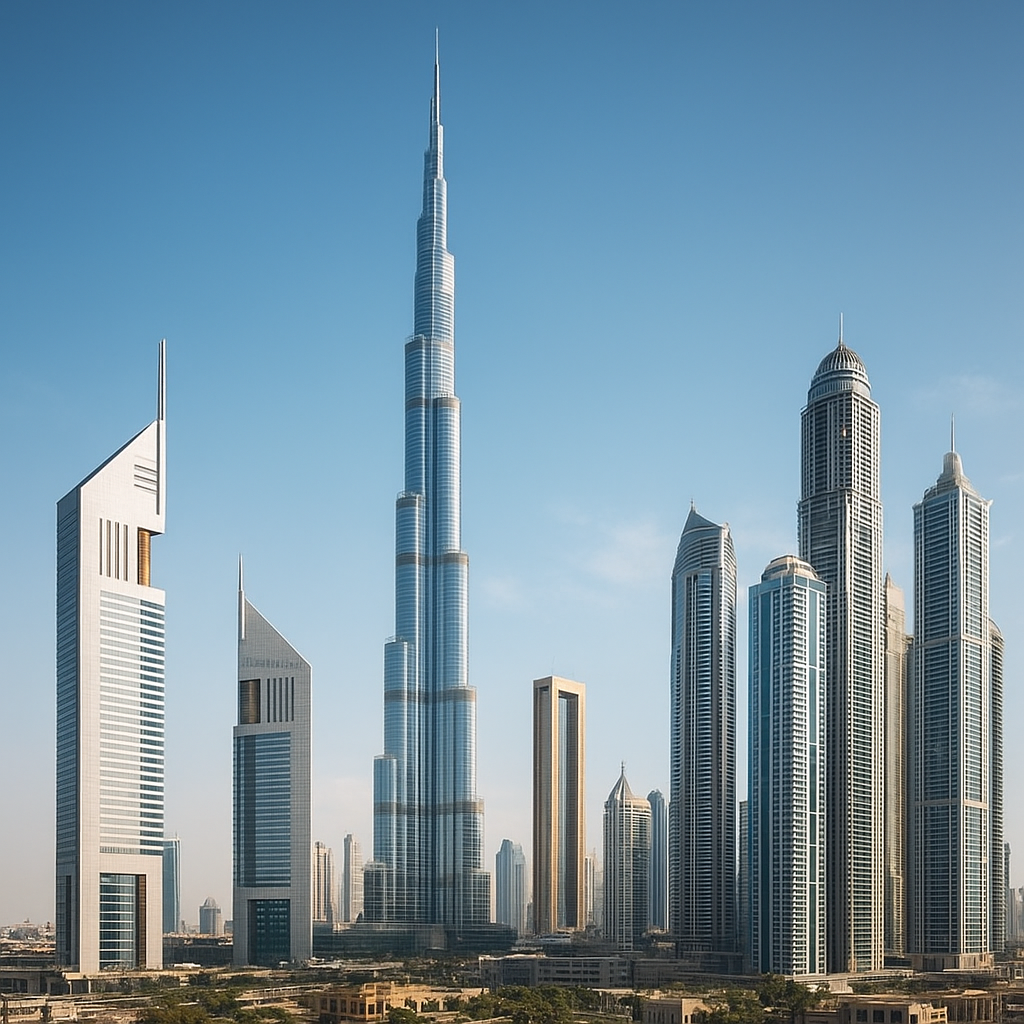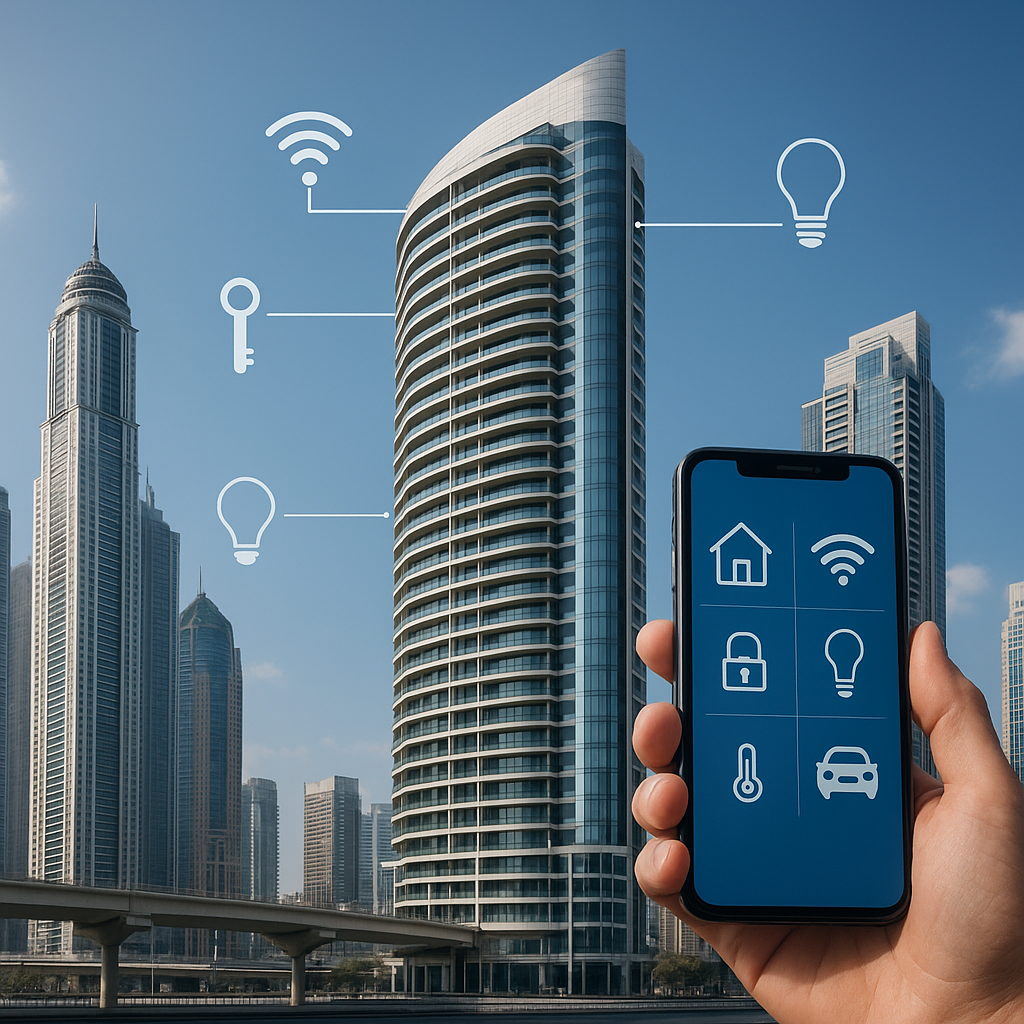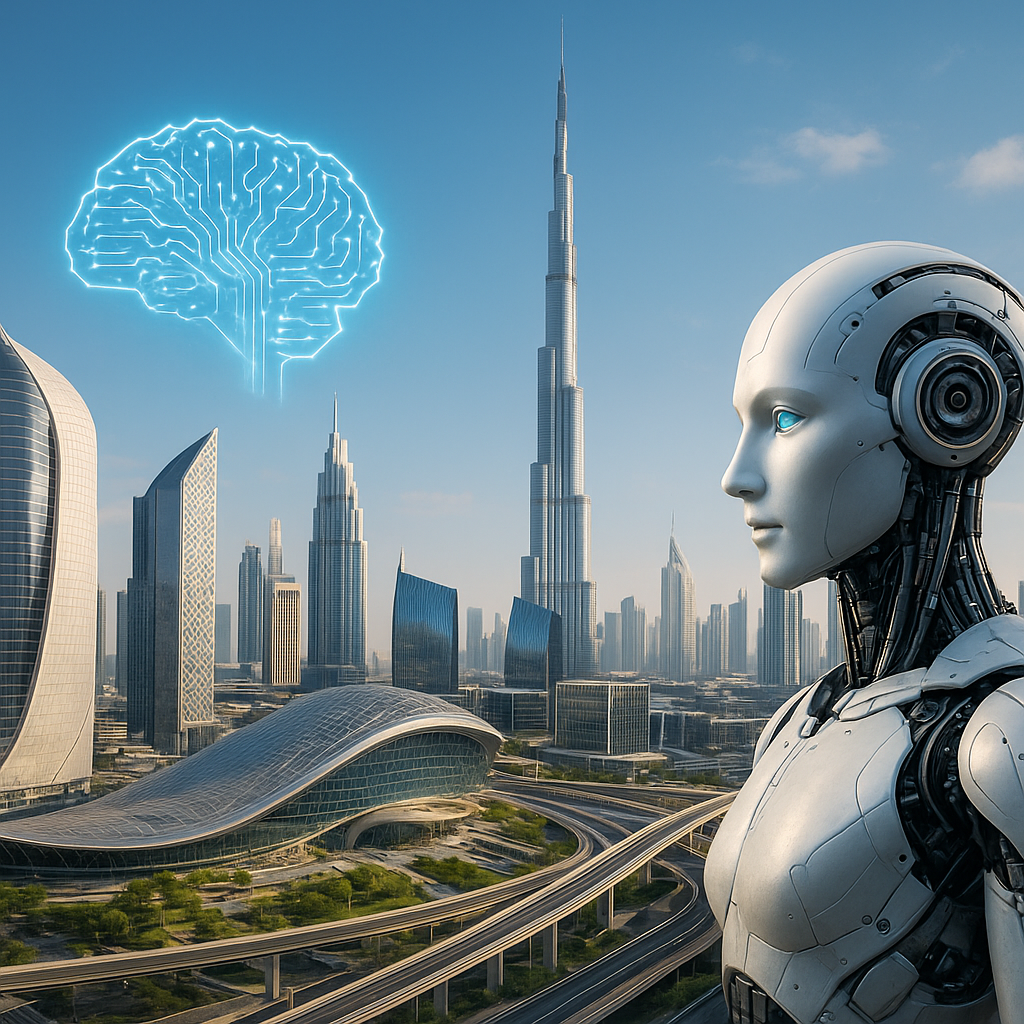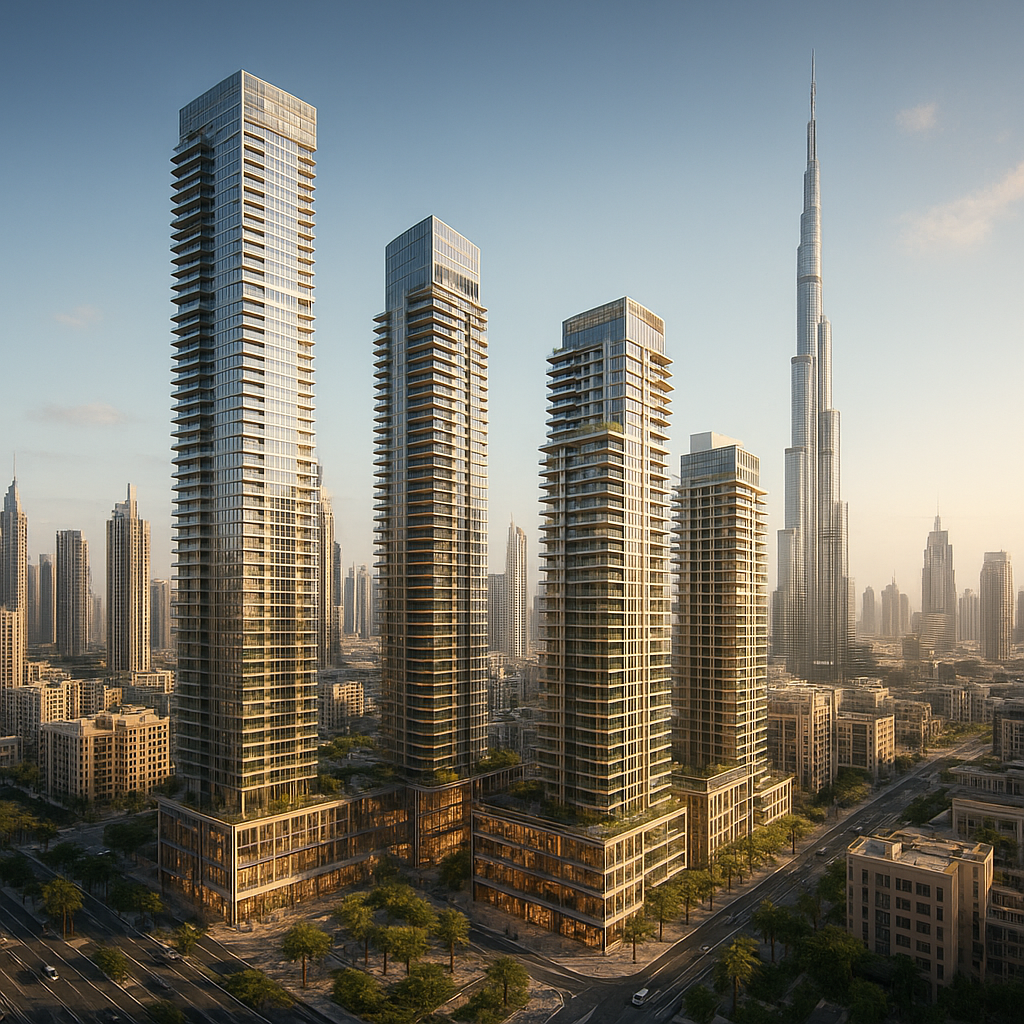Dubai’s urban landscape captivates the imagination with its futuristic silhouettes and visionary projects, where every edifice symbolizes more than mere construction—it embodies a philosophy of innovation and efficient resource management. The city’s relentless drive toward becoming a fully-fledged smart metropolis has spurred architects, engineers, and planners to devise buildings that integrate cutting-edge technology with sustainable practices. Exploring these architectural marvels reveals how the emirate harnesses digital tools and design strategies to forge an environment that is both adaptive and resilient.
Innovative High-Rises Redefining the Skyline
Dubai’s penchant for record-breaking supertall structures reflects more than a quest for the world’s highest tower. These skyscrapers are testaments to a broader commitment to sustainability and operational efficiency, leveraging advanced systems to monitor and optimize performance around the clock.
Burj Khalifa: A Benchmark in Integrated Systems
At 828 meters, the Burj Khalifa stands as an icon of integration between architectural ambition and sophisticated building management. Its multi-tiered HVAC network employs sensors that track temperature fluctuations across thousands of rooms, automatically adjusting airflow for maximum comfort and minimal energy waste. A rainwater harvesting system feeds into cooling towers, reducing potable water consumption by over 20%, while a command center monitors everything from elevator traffic to emergency protocols, showcasing how large-scale structures can act as living ecosystems.
Cayan Tower and Dynamic Form
The twisting form of Cayan Tower exemplifies aerodynamic design, reducing wind loads on the facade and cutting the need for heavy structural bracing. This innovative geometry also enhances daylight penetration, lowering dependence on artificial lighting. Inside, a smart building management platform integrates real-time data from lighting, shading, and energy systems, enabling facility managers to fine-tune operations via a unified dashboard. These measures underscore how architectural form and digital controls can collaborate to achieve peak performance.
Sustainable Urban Planning and Smart Districts
Beyond individual buildings, Dubai’s smart-city agenda extends into the very fabric of neighborhoods. Districts across the emirate increasingly incorporate renewable energy generation, water-reuse schemes, and digital infrastructure to create self-sustaining microcosms.
The Sustainable City: A Model Microcosm
Located on Dubai-Al Ain Road, The Sustainable City operates on four interlocking pillars: energy, water, mobility, and waste management. Over 10,000 square meters of photovoltaic panels generate surplus power, which feeds into a microgrid and supports electric vehicle charging points. District cooling is centralized, dramatically cutting refrigerant use. Smart meters relay consumption data to residents via a mobile app, encouraging behavioral changes that have already reduced water and energy usage by 30% compared to conventional neighborhoods.
Dubai Design District’s Creative Tech Nexus
Dubai Design District (d3) fosters a vibrant ecosystem for creatives while embedding connectivity at every turn. Fiber-optic networks provide gigabit speeds to studios and showrooms, enabling 3D printing labs, virtual reality installations, and remote collaboration with international partners. Smart streetlights adjust illumination based on pedestrian movement, enhancing safety while conserving power. Public art installations employ interactive sensors that react to touch and sound, demonstrating how digital and physical realms can merge to enrich urban life.
Transport-Oriented Developments and Mobility Hubs
Seamless transit solutions are vital for any smart city. Dubai’s architecture for transport hubs not only optimizes passenger flow but also integrates automation and real-time data feeds to reduce travel times and carbon emissions.
Dubai Metro Stations: Beyond Platforms
Each Dubai Metro station doubles as an architectural landmark. Station facades incorporate photovoltaic-glazed canopies, which supply energy to ticketing and lighting systems. Inside, dynamic signage updates commuters on train schedules and crowd density, while mobile apps enable frictionless ticket purchases. Smart ventilation systems draw in cool air during low-traffic periods, reducing HVAC load. Integration with ride-hailing zones and bike-sharing docks ensures that the “last mile” journey remains efficient and resilient.
Mall of the World: A Climate-Controlled Community
Poised to become one of the world’s largest indoor spaces, Mall of the World aims to host climate-controlled streets lined with shops, cultural venues, and wellness centers. The structure will encompass temperature-regulated domes and lush indoor gardens. Sensor arrays embedded in flooring and greenery will track footfall and air quality, adjusting ventilation and lighting to maintain an optimal atmosphere. This enclosed city within a city exemplifies how controlled environments can deliver year-round comfort without the energy penalties of conventional open-air developments.
Technological Integration in Public Spaces
Dubai’s public realm architecture is increasingly defined by interactive and adaptive features, where buildings and streetscapes respond dynamically to occupants’ needs.
Smart Facades and Adaptive Shading
Several newer developments employ kinetic facades whose louvers adjust automatically to solar angles. By modulating light and heat gain, these adaptive skins reduce peak cooling loads by up to 25%. Embedded light sensors and weather stations feed data into a central control unit, allowing the facade to shift in real time. This type of responsive architecture transforms static building envelopes into intelligent interfaces between interior and exterior environments.
Urban Data Platforms and Citizen Engagement
Dubai’s Smart City Platform aggregates data from thousands of IoT nodes—ranging from parking sensors to air-quality monitors—into a unified analytical framework. Public kiosks and mobile dashboards display live metrics, encouraging residents to make informed choices about travel, energy use, and community events. Interactive wayfinding screens, installed in promenades and plazas, offer accessible information on cultural programs, transit options, and real-time crowd levels, illustrating the power of digital architecture to foster civic engagement.
Emerging Trends and Architectural Futures
Looking ahead, Dubai’s built environment will continue evolving under the twin forces of resilience and digital advancement. Architects are exploring AI-driven design tools that generate optimized forms based on climatic data, occupant behavior, and material performance. Modular, prefab systems promise faster delivery and reduced waste, while 3D-printed structures could transform labor dynamics on site. Meanwhile, blockchain-based building management systems are under trial, offering unparalleled traceability of construction materials and maintenance logs.
Resilient Structures in the Face of Climate Change
- Flood-adaptive ground floors that elevate or seal off entry points during rare heavy rains.
- Heat-reflective roof coatings and green roofs that mitigate urban heat island effects.
- Integrated stormwater harvesting embedded in roads and parking areas.
Human-Centered Smart Architecture
Despite the emphasis on automation and data, the next wave of projects will prioritize human well-being through biophilic design, enhanced acoustics, and multisensory environments. By uniting technological prowess with a commitment to occupant health and cultural identity, Dubai’s architecture will sustain its leadership in smart city innovation for decades to come.

